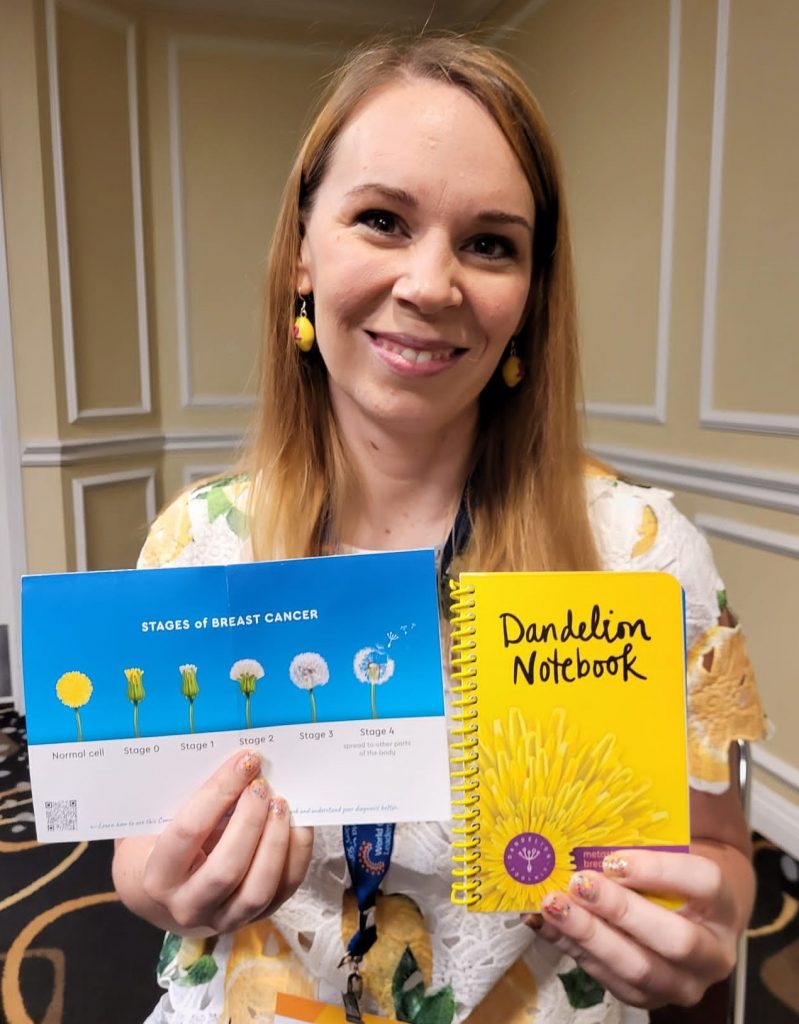"We initiated this study for the purpose of obtaining evidence that implant surface type is not significantly associated with breast cancer prognosis in an effort to relieve the vague anxiety of patients with breast cancer," Dr. Sa Ik Bang of Samsung Medical Center at Sungkyunkwan University School of Medicine in Seoul, South Korea, and colleagues note.
They add, "Contrary to expectations, we found that the textured implant group had a significantly worse DFS than the smooth group, and this difference remained significant after adjusting for tumor stage and ER status."
Textured implants are intended to reduce capsular contracture and implant malrotation. Breast implant-associated anaplastic large cell lymphoma (BIA-ALCL) was first reported in the late 1990s, Dr. Bang and colleagues note, and textured implants have been proposed as a risk factor. Biofilm may be more likely to form on the textured surface, the authors suggest, leading to chronic inflammation in the surrounding tissue.
They looked at 650 patients, representing 687 cases, who underwent total mastectomy and immediate reconstruction at their hospital in 2011-2016. All were followed for at least two years after implant insertion. About 40% of cases received smooth implants and 60% textured implants. The smooth and textured groups had similar distribution of tumor stage and similar rates of adjuvant radiotherapy and chemotherapy. Five-year local and regional recurrence-free survival and disease-free survival (DFS) were 96.7% and 95.2%, respectively.
DFS was significantly lower with textured implant use after adjustment for tumor stage and estrogen receptor (ER) status (hazard ratio 3.054). The association was similar for patients with ER-positive cancer (HR 3.13) and patients with invasive cancer (HR 3.044). The association was especially pronounced in patients with stage II or II disease (HR 8.874). Implant surface texture was not associated with local and regional recurrence-free survival.
The authors suggest that textured implants may cause systemic inflammation, contributing to breast cancer recurrence.
"We believe that this study raises an urgent need for further well-designed investigations, which either may refute the findings of this study with more solid evidence and reassure patients or may produce similar results and lead to increased caution in breast cancer surveillance," they conclude.
In an editorial, Dr. Michael R. Cassidy and Dr. Daniel S. Roh of Boston University write: "Given the association of textured implants with ALCL, and now the suggestion that they are associated with increased risk for breast cancer recurrence, surgeons who choose textured implants should counsel their patients with breast cancer about their possible consequences. Many reconstructive surgeons across the world have already abandoned the use of textured implants altogether."
Dr. Bang was not available for an interview by press time.
By Reuters Staff
SOURCE: https://bit.ly/3dkdQbI and https://bit.ly/3jUcp6v JAMA Surgery, online October 7, 2020.
Posted on
Previous Article
« Durability of newer TAVR valve comparable to that with SAVR Next Article
Lyme neuroborreliosis does not seem to boost psychiatric risk »
« Durability of newer TAVR valve comparable to that with SAVR Next Article
Lyme neuroborreliosis does not seem to boost psychiatric risk »
Related Articles
November 19, 2021
Double-positive results for triple-negative metastatic breast cancer

October 26, 2023
Know Your Lemons for breast cancer detection
© 2024 Medicom Medical Publishers. All rights reserved. Terms and Conditions | Privacy Policy
HEAD OFFICE
Laarderhoogtweg 25
1101 EB Amsterdam
The Netherlands
T: +31 85 4012 560
E: publishers@medicom-publishers.com

